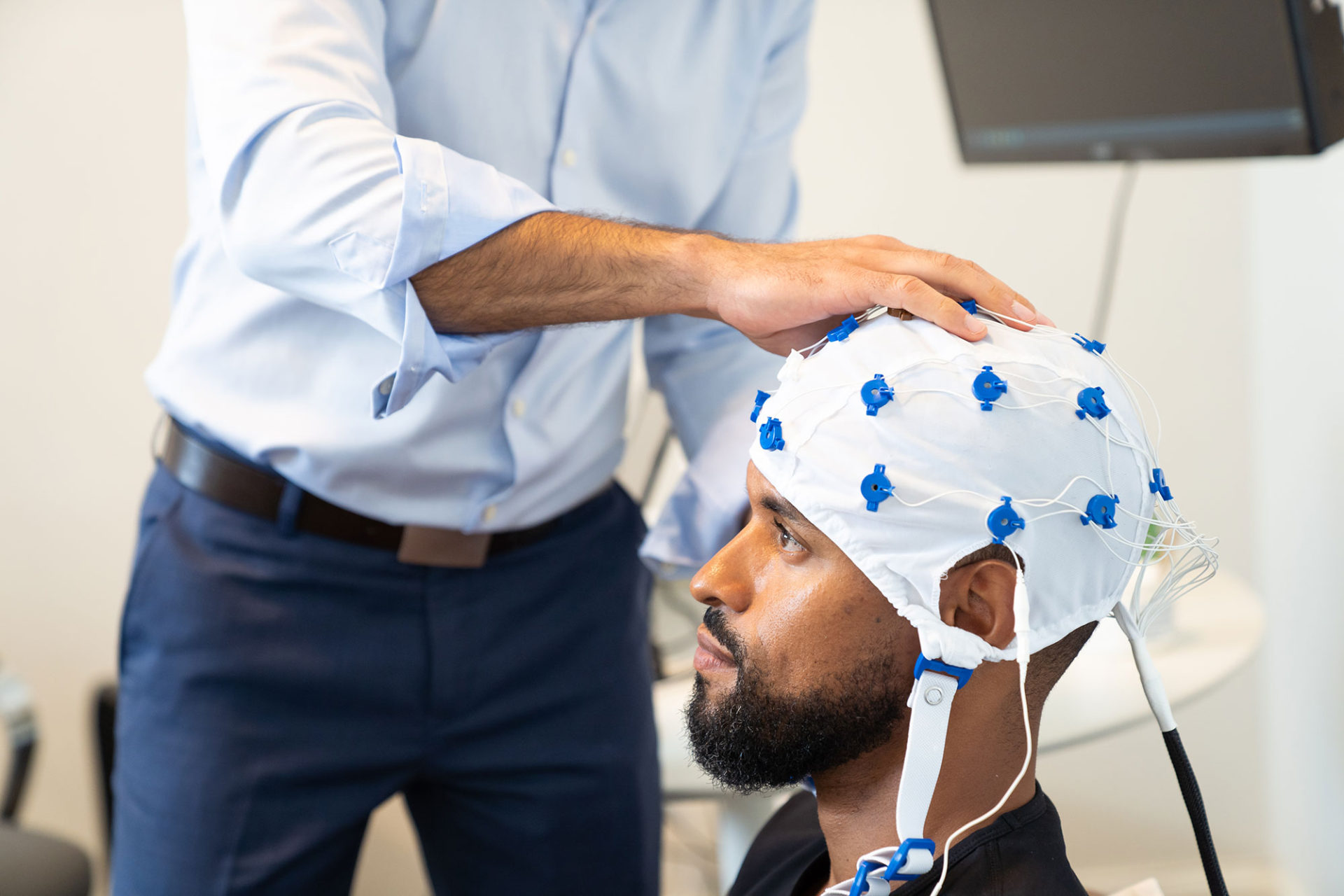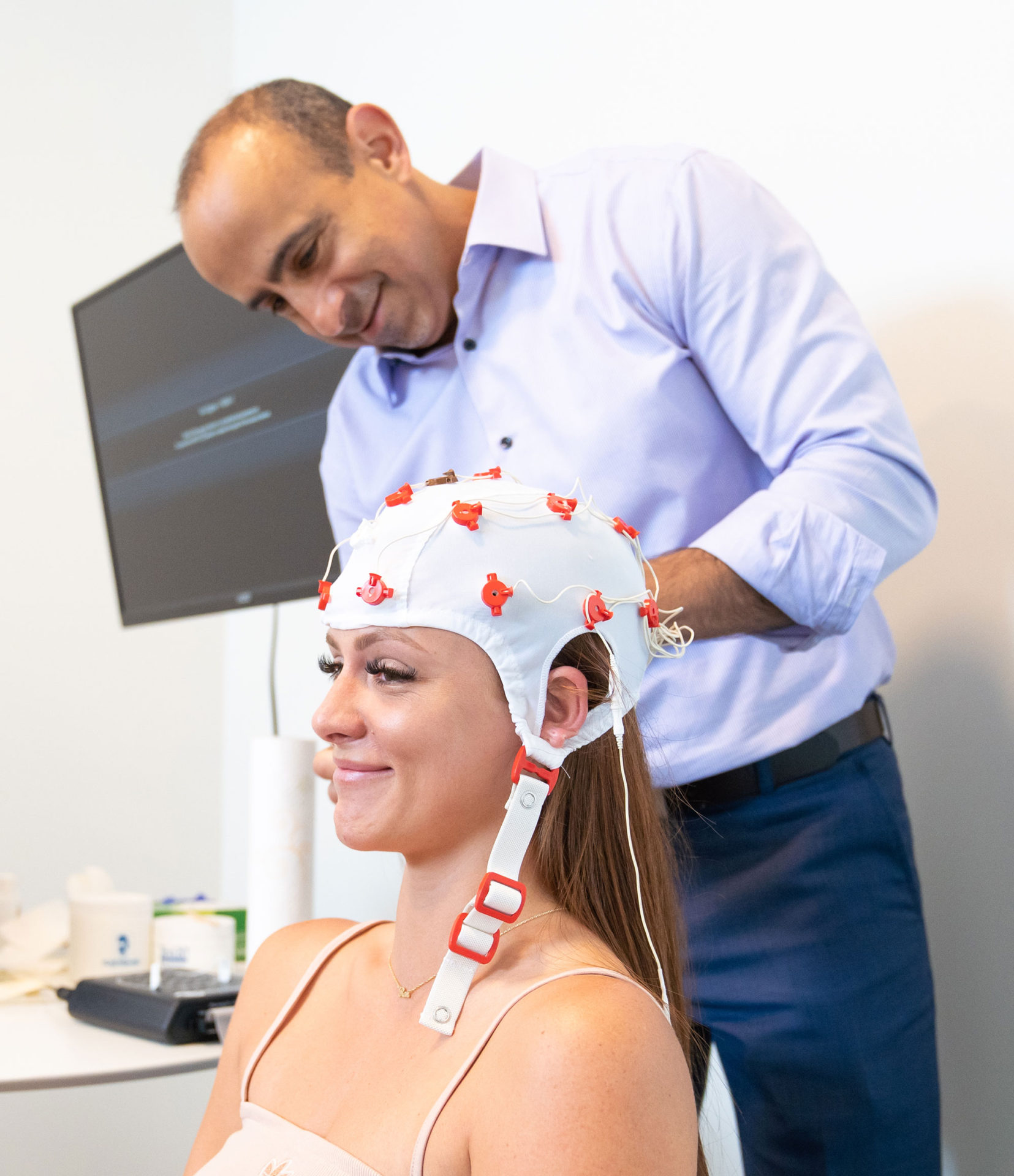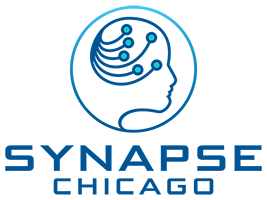create a plan to train your brain with brain mapping/QEEG
What is brain mapping/QEEG?
A quantitative encephalogram, referred to as a QEEG or “brain map” is a diagnostic tool that measures brain wave activity. As opposed to an EEG, which is commonly performed in hospitals to diagnose epilepsy and other neurological disorders, the “quantitative” aspect uses the same information and analyzes it using statistical and numerical methods. The results of which show how your brain functions. It reveals how different locations of your brain communicate with each other and the amount of power, or amplitude, in each specific area. Although not solely used for diagnosis, the information can help inform various presentations of anxiety, depression, processing issues, and brain injury, just to name a few. This detailed report provides a “road map” to train your brain to work more effectively, while mitigating aggravating symptoms that prevent you from living your best life. Best of all, brain mapping is non-invasive, painless, and has no side effects.

How can a QEEG help me?
Although Neurofeedback can be utilized based on symptoms alone, it is recommended that a QEEG be performed so that your training is individualized. Brain training is not a “one size fits all” therapy. For example, there are different “types” of depressive patterns (such as alpha asymmetry) and a QEEG can identify the ones that are specific to you and your symptoms. By locating the areas of dysregulation through a brain map, the training can be more effective, which helps you reach your goals and optimize your brain function.
What happens during the QEEG acquisition?
Prior to your appointment, you will have a phone consultation with our clinician to discuss preparation for your map. During the brain map acquisition, you will wear a cap on your scalp that measures the electrical discharges from 19 different areas of your brain. The process from beginning to end usually takes 45-60 minutes and is painless and non-invasive. The data acquired will then be analyzed over the next week and an individualized report will be generated. Once the report is complete, you will consult with our Clinical Psychologist either in person or remotely to discuss the results and formulate a treatment plan that aligns with your personal goals.

Does brain mapping work?
Numerous clinical and peer reviewed studies support the efficacy of a quantitative EEG in the understanding of learning disabilities, mood disorders, and other cognitive disorders. Brain maps can demonstrate functional decline, brain injury, and neural dysregulation. In one such study, the accuracy of the QEEG was shown to be 72-93% effective in detecting depression. This computer assisted diagnostic tool is accurate, inexpensive, and constantly evolving.
However, QEEG is very technical and has a huge learning curve. A poor acquisition leads to inaccurate results, and therefore inefficient training. The highly trained staff at Synapse Chicago has a combined 30+ years of experience in both acquisition and analyzation of brain maps, so you can rest assured you are in good hands.
Synapse Chicago is here for you
utilize brain mapping/QEEG with neurofeedback
